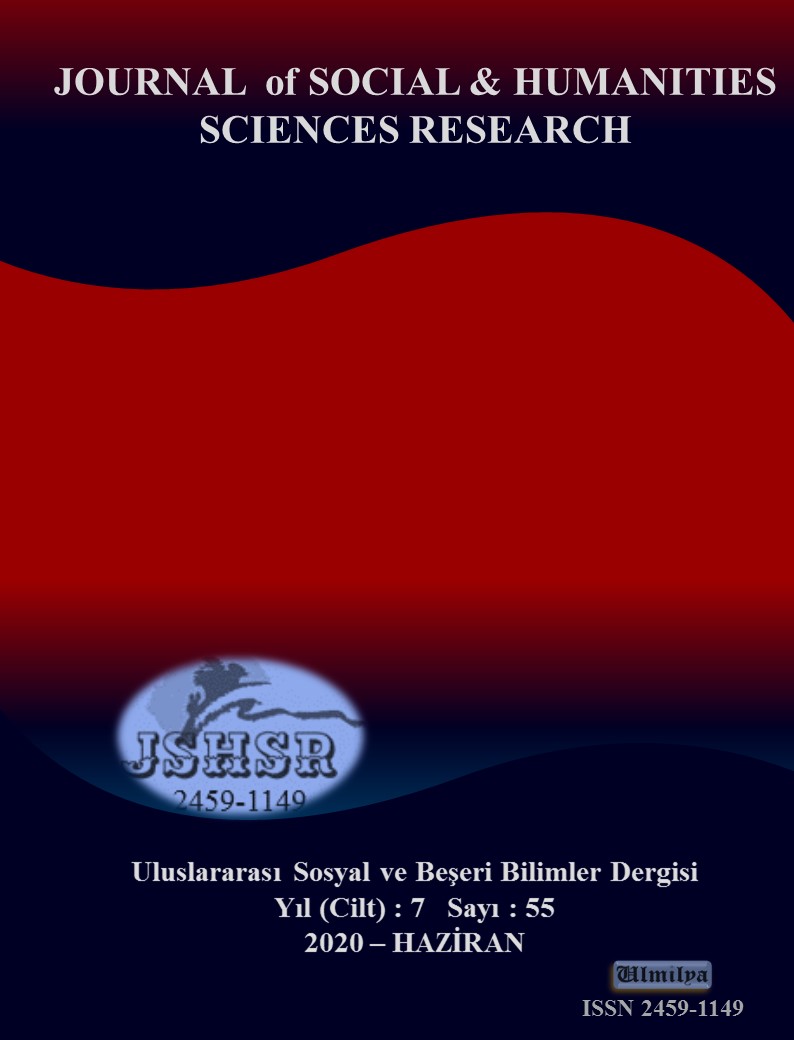TEACHING LITERACY TO FOREIGN STUDENTS
DOI:
https://doi.org/10.26450/jshsr.1960Keywords:
Immigrant students, literacy, school principal competencies, teacher competenciesAbstract
This study aims to determine the methods and techniques that classroom teachers use in teaching Turkish to foreign students,
the ways they use to solve problems in communication with parents, and which practices of school principals facilitate the
teaching process of foreign students. The research was prepared according to the phenomenology approach, which is one of
the qualitative research methods. The data of the research were collected by semi-structured interview technique. Descriptive
analysis technique was used in the analysis of the data. As a result, teachers think that visual materials, nursery rhymes and
school songs, drama and game are effective in education. Teachers also emphasize the importance of including studies on
understanding the language in teaching reading and writing. In order for foreign students to understand the Turkish language,
they must communicate with Turkish students. In addition, reading and telling Turkish stories is also an effective way of
understanding the underlying meanings of sentences. Communication with parents is difficult since the parents of foreign
students do not speak Turkish. Moreover, the level of education of parents of foreign students is low. This situation causes both
school management and teachers to make more efforts to ensure the participation of foreign parents to the school. In order to
facilitate the education process of foreign students, teachers are very pleased with the practices of the school management, such
as improving the conditions of the school or organizing seminars, or the communication skills and motivation that the school
principal has established with the teachers.
Downloads
Published
How to Cite
Issue
Section
License
Copyright (c) 2020 INTERNATIONAL JOURNAL OF SOCIAL HUMANITIES SCIENCES RESEARCH

This work is licensed under a Creative Commons Attribution 4.0 International License.


